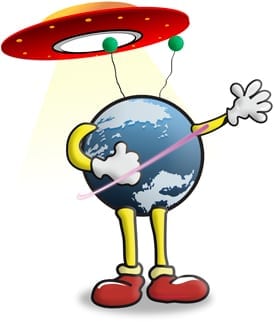 The trouble with interstellar travel is that (as one of the most notable authorities on the subject put it)
The trouble with interstellar travel is that (as one of the most notable authorities on the subject put it)
“Space is big. You just won’t believe how vastly, hugely, mind-bogglingly big it is. I mean, you may think it’s a long way down the road to the chemist’s, but that’s just peanuts to space.”
With the nearest extrasolar star (Proxima Centauri) so far away that it would take over four years traveling at the speed of light to reach it, interstellar travel would require multiple generations to achieve with the current technology levels.
Science Fiction has resolved the problem with the concept faster-than-light travel. Depending on the series, it has been called hyperspace, warp drive, jump drive, the Holtzman drive, or any of a number of similar terms. In most cases, though, it generally boils down to encasing the ship within a bubble of “normal” space-time and pushing it through distorted or alternate space. It works great in movies, television and books, but it has all been mostly the realm of fiction. A concept for real-life warp drive was developed in 1994, but calculations showed that it would require impractical amounts of energy.
As SPACE.com is reporting, that may not be the case any more.
According to the article, adjustments can be made to the design that would significantly decrease the power requirements. Experiments are now being performed at Johnson Space Center, where scientists will attempt to create tiny instances of the space-time distortion necessary for “warp” space travel.
While we may not necessarily see it in our lifetime, it is entirely possible that future generations will be traveling to other worlds at faster-than-light speeds as a result of these experiments.
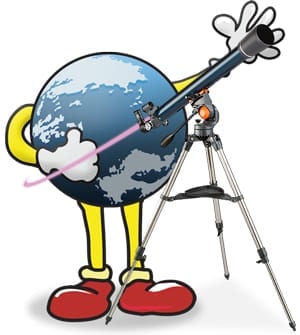


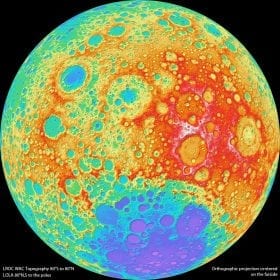
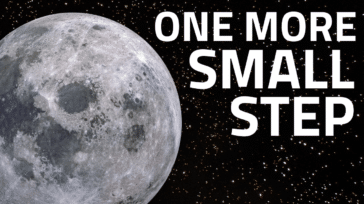


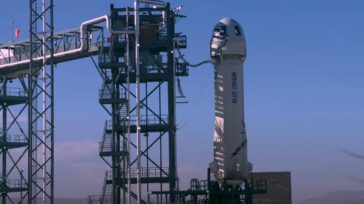


Actually, I came hoping for announcements of new Other World Computing Mercury Elite Pro and Elite Pro mini ‘SuperSpeed’ drives. [See previous blog entry — yea :) — though I’m still hoping for an Elite Pro mini model with at least both USB 3.0 and FW800, and also 960GB Mercury EXTREME Pro 6G SSDs.]
However, this super speed ‘drive’ news is even more exciting. Thank you!
So. Of course this leads to the question — when might OWC begin carrying OWC Aura Pro White-Juday Warp Field Interferometers? ;)